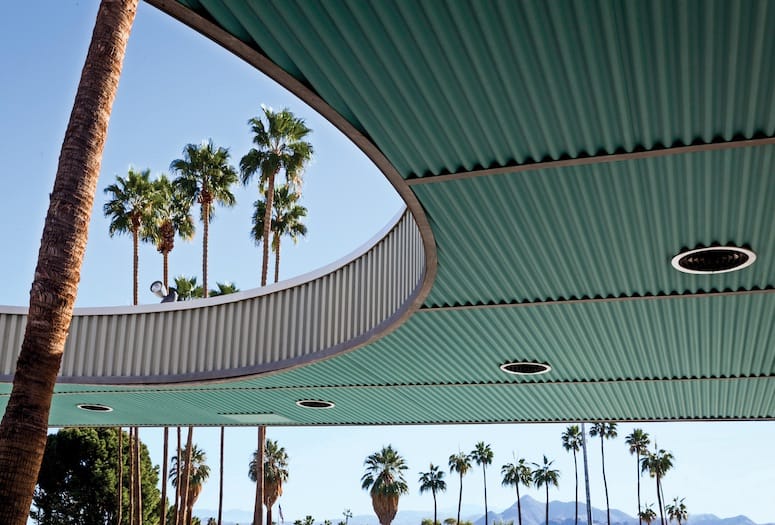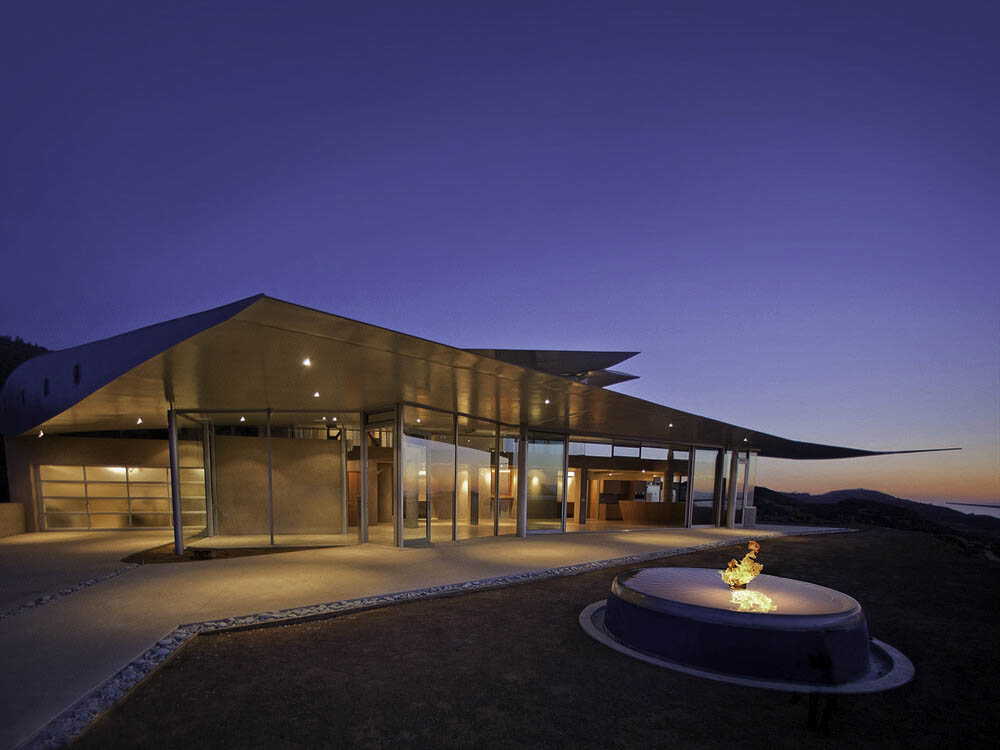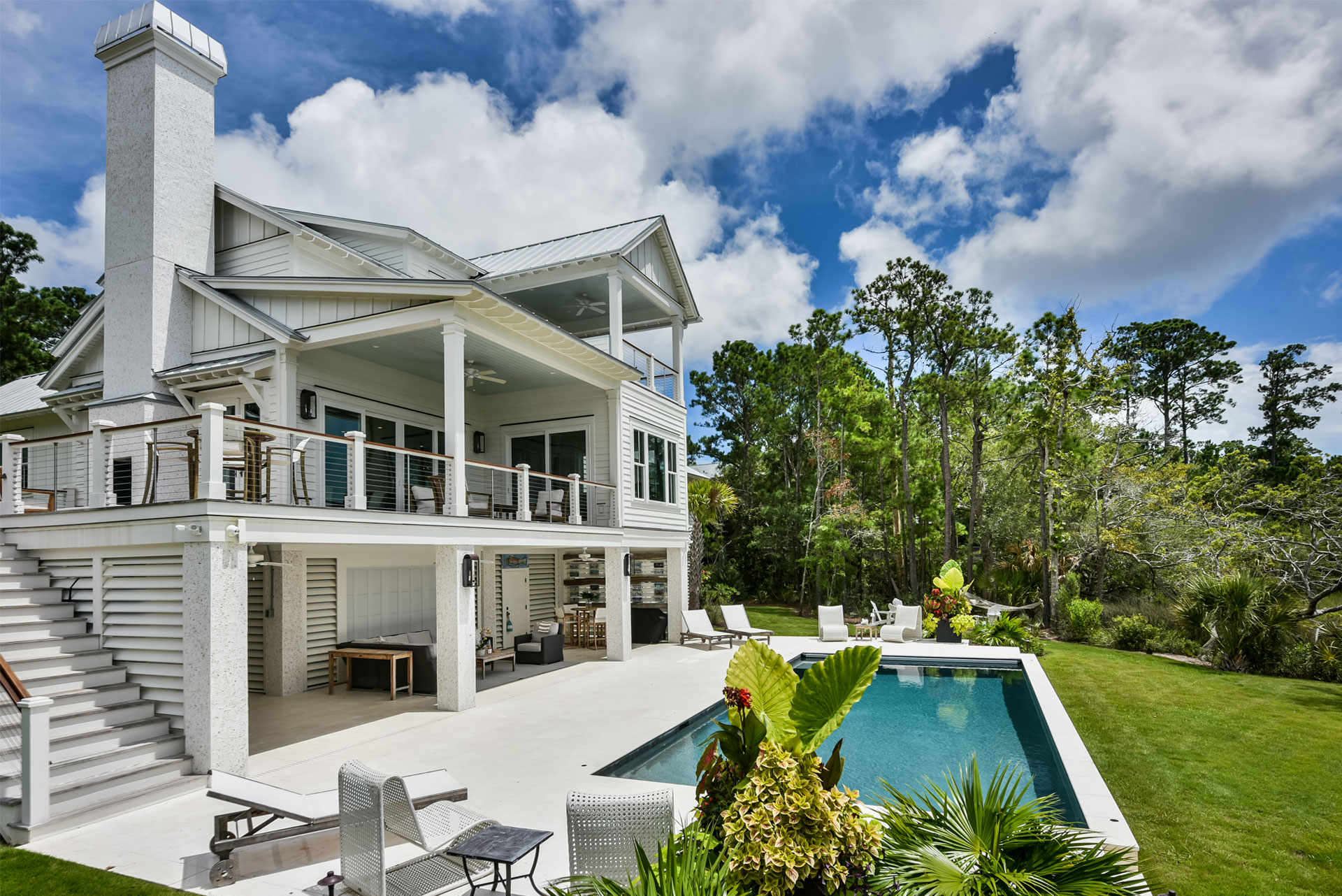
Santa Barbara – An Architectural Gem on the California Coast
AlexJones
- 0
- 760
Considered by many to be the most beautiful small city on the California Coast, and to have the “most beautiful downtown in the world” Santa Barbara can be held up as an example of successful planned development. During the city’s development, conscious choices were made to follow a certain Palm Springs architects style and a policy of deliberately limiting growth in order to protect the city’s livability and saleability as a tourist destination. In 1922, an association of community activists calling themselves the “Civic Arts Association” began promoting an architectural style called “Spanish Colonial Revival”–a Mediterranean style incorporating Andalusian, Moroccan and Italian elements–through their “Plans and Planting Committee.” They declared that:
Of course, Santa Barbara’s attractiveness is not solely due to its architecture. Nestled as it is between the Santa Ynez Mountains and the Pacific Ocean, the “American Riviera” is also blessed with natural beauty and a mild climate often described as being “Mediterranean.” However, it was a natural disaster–a powerful earthquake that devastated the downtown commercial district–that played a major role in the city’s eventually becoming the beautiful locale it is today.
The earthquake hit at 6:44 in the morning of June 28, 1925. Most homes came through the quake more of less intact, but the downtown commercial district suffered extensive damage. Fortunately, owing to the fact that most people were still at home when the temblor struck, there were only thirteen fatalities.
The timing of the earthquake was fortuitous in another sense for the Civic Arts Association. The architectural style they had been promoting was not only well suited to the local climate and complimentary to the Mission and Santa Barbara’s existing Spanish adobes, more importantly to their fellow Santa Barbarans, the Spanish Colonial structures that had already been built had held up well in the earthquake. This fact bolstered support for the idea of creating a city modeled on this architectural style.
Even before the earthquake, a “Community Drafting Room,” which offered design assistance to property owners, had been set up by the Plans and Planting Committee, and an “Architectural Advisory Committee” had been instituted by the city government. Immediately after the earthquake, the first formal Architectural Board of Review in the United States was established by the Santa Barbara city government.
As part of the rebuilding effort, the Community Drafting Room provided free plans for all types of shops and buildings, mostly in the Spanish Colonial Revival style. Within a year, more than 2,000 projects had been approved by the Architectural Board of Review and, with the new structures white stucco walls and red tile roofs, Santa Barbara had been transformed into a Spanish city located, not altogether incongruously, in Southern California.
The crowning achievement of the rebuilding and beautification effort was the Santa Barbara County Courthouse, completed in 1929. The courthouse, which has been called “the most beautiful public building in the United States,” is an elegant example of the Spanish Colonial Revival style and affords stunning views of Santa Barbara’s red-tiled rooftops, the Santa Ynez Mountains, the ocean, and the Channel Islands from its eighty-five-foot-high clock tower.
The main reason that the views from the clock tower are so nice is that building height limitations first set in the late 1930s have been maintained to this day. The highest building in the city is the eight-story Granada Theater, built in 1924, before the height limitations had been put into place. Today, commercial buildings cannot exceed four stories or sixty feet, and multifamily residential buildings can be no higher than three stories or forty-five feet.
Another measure that has helped to keep Santa Barbara livable is its zoning code, enacted in 1930. Rather than having single-use zoning districts, as is typical in most cities, Santa Barbara has a pyramid scheme that allows residences in the same area as other-use buildings. Corner grocery stores can still be found in residential neighborhoods, and you can see single-family homes and apartment buildings on the same block.

